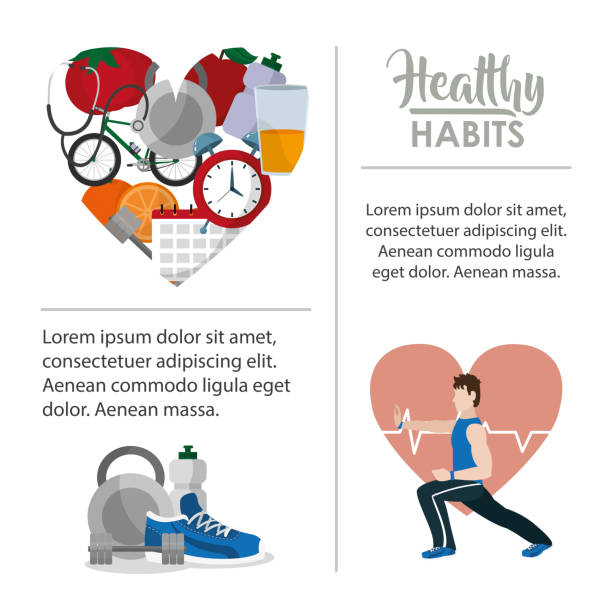Recent research suggests that small amounts of physical activity throughout the day can reduce the risk of heart attacks and stroke.
This study published in The Lancet Public Health Trusted Source found that even people who don’t exercise regularly can lower their risk for major cardiovascular events by doing short bursts lasting one to three minutes.
The health benefits associated with a few minutes worth of movement were comparable to those conferred by physical activity lasting between five and ten minutes.
This study found that moving more in daily life activities can protect your heart.
“These findings are encouraging for public health as people may be more likely to adopt shorter periods of physical exercise as a habit than a structured longer routine,” said Dr. Cheng-Han Chen, a board-certified interventional cardiologist and the medical director of MemorialCare Saddleback Medical Center’s Structural Heart Program in Laguna Hills, CA. He spoke to Healthline. Chen was not a part of the study.
How many minutes of exercise is required to reap the health benefits?
Researchers in the United Kingdom recruited 25,241 adults aged 62 or older to investigate the impact of bursts of physical activity on health.
Participants wore wrist-worn wearables to track their daily physical activity patterns down to a 10-second time window.
Researchers then tracked the participants for approximately eight years, linking their physical activity records to their health records.
The team found that 97% of incidental physical activities lasted under 10 minutes.
The reduction of heart attacks, strokes, and deaths from any cause was significantly reduced by short bursts that were moderate to vigorous.
The health benefits of longer bursts were greater, regardless of the total amount of activity that a person performed. Moving for 1 to 3-minute bursts was associated with more health benefits than moving for less than a minute.
The more vigorous the activity, the greater the benefits. In a declaration, one co-author defined vigorous activity as “huffing & puffing” at least 15 percent of the time.
Even short bursts that last less than one minute are beneficial if they are vigorous.
Dr. Alexandra Lajoie is a board-certified noninvasive cardiologist at Providence Saint John’s Health Center in Santa Monica, CA. Alexandra Lajoie is a board-certified noninvasive cardiologist with Providence Saint John’s Health Center, Santa Monica, CA. Lajoie did not participate in the study.
According to the Physical Activity Guidelines for AmericansTrustedSource, developed by the U.S. Department of Health and Human Services, people should aim to do 150 minutes of moderate-intensity physical activity per week. Most people do not meet these guidelines.
Less than 25% of adults aged 18-64 meet these guidelines. This could be because:
A study found that the risk of heart disease can be significantly reduced by four short bouts of up to 2 minutes on average.
A report by 2022, Trusted Source, found that three daily bouts of 1 to 2-minute bursts were associated with a reduction of 38%-40% in mortality risks from cancer and all causes and 48%-49% for cardiovascular disease.
Lajoie said that less active people also have a higher risk of health problems.
She said, “It’s not always a cause-and effect situation.” Lajoie said that she tells her patients to try and fit in as many activities as they can if they don’t have the time to dedicate themselves to a specific exercise program.
A sedentary lifestyle increases the risk of heart disease and cancer
A sedentary lifestyle (Source) has been linked to a higher risk for serious health conditions, including:
Trusted Source ranks it as the leading risk factor for heart disease.
Chen said that when we exercise, our organs undergo changes that improve their performance.
Cell proliferation or cell regrowth.
Chen said that even short periods of physical activity can affect the mechanisms through which our body functions improve.
Dr. McConnell did not take part in the study.
McConnell said that increased blood flow in our vessels makes them less susceptible to plaque accumulation.

